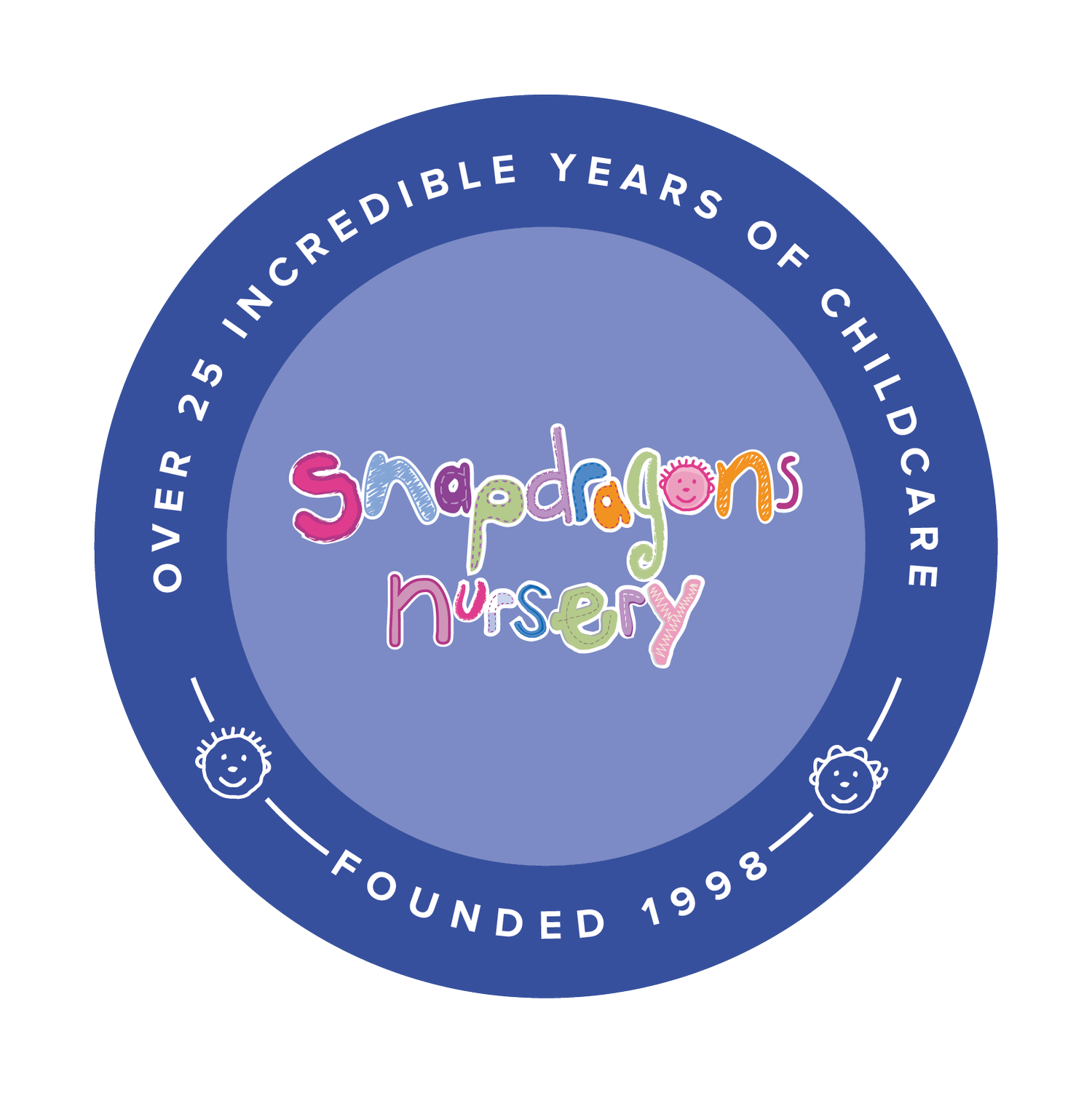
“Fee Fie Fo Fum!” - Traditional Tales at Snapdragons
Each month we focus on a well loved story as we believe that storytelling and a love of books are vital in providing a firm foundation for our children’s communication and language development, and readiness for reading and writing.
The stories we have chosen include modern favourites such as The Very Hungry Caterpillar, Peace At Last and We’re Going on a Bear Hunt. We also like to focus on those enduring classic folk tales which we all remember from our childhood such as; The Three Little Pigs, The Three Billy Goats Gruff, and Little Red Riding Hood.
Our planning incorporates the story of the month, and many fun activities grow from the ideas sparked by the children’s interest and enjoyment in the story’s characters and events. Our children are currently exploring ideas surrounding “Jack and The Beanstalk” with cries of “Fee Fie Fo Fum!” resounding from every corner of our nurseries!
Activities include exploring the variety of different leaves in the local environment and using their creative skills to make leafy Beanstalks of their own. Beans have been planted in clear bags so the growth of shoots and roots can be observed. Story maps full of imaginative ideas have been plotted using drawing, early writing and mark making. Alternative versions of the story are being shared so the perspective of the Giant is considered and different feelings explored. Role play corners have giant sized tables, bowls and plates fit for a Giant. Construction areas are busy building castles, and magic beanstalks have sprouted and grown up through the ceiling in many of our playrooms!
Like so many of the traditional tales, the story of Jack and The Beanstalk has been passed down through the generations, surviving through storytelling. Jack and the Beanstalk was recorded as “The Story of Jack Spriggins and the Enchanted Bean” and “Jack The Giant Killer” in the 17th and 18th century. However, research has now revealed that this story and other folk tales actually have much earlier origins than previously thought. Many have been traced back to more than 5,000 years ago!
The Giant has gone by many names over the years, including “Blunderbore”and “Gogmagog”, but his familiar cry of “Fee, Fie, Fo, Fum! I smell the blood of an English man” remains. This seemingly nonsense phrase is thought to be Gaelic in origin and has a meaning of disapproval and anger. “Fie, foh and fum, I smell the blood of a British man” features in Shakespeare’s King Lear.
Whatever the origin, it is repeated phrases such as this that enable children to remember and join in with the story with enjoyment. We like getting the children actively involved, getting up and becoming the characters, stomping like the giant or climbing the beanstalk as Jack. So with each of our traditional tales we encourage not only sharing the book of the story, but telling the story ourselves, carrying on this age old tradition, and hopefully our children will pass this down to their little ones one day too!






